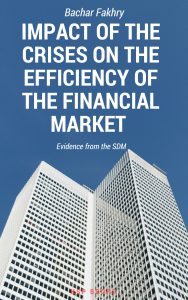Synopsis
This book is a study of the multinational corporation from the transaction cost perspective. The firm is a system of administrative relationships based on a nexus of contracts and the strong interdependence of specific assets. The firm substitutes the market mechanism when, in view of resource allocation and the existing transaction costs, it is a more costly instrument than the entrepreneur with his coordinating role. Using the theory advanced by Ronald Coase and Oliver Williamson we investigate some key features of the multinational corporation. We analyze the role of technology for the emergence of multinationals. This emergence is predetermined by scientific discoveries and technological innovations which shorten the geographic distances among economic resources in the world and allow cutting on organizational costs within the firm. The multinational firm is a complex hierarchical structure dispersed in many countries and aimed at replacing the international market in the allocation of global resources. The firm performs this task at less cost than the market. The more costly the different regional or national markets in which multinational firms operate, the greater the advantage of the bureaucracy, the more centralized the company and the lower the autonomy of the subsidiaries.
Some further findings are that there are specific risks for multinationals in their operations in the global market since there are various market failures present. Firms overcome those by internal organization, horizontal and vertical integration. Through intrafirm trade and transfer prices companies manage to capture externalities becoming thus a cheaper instrument of resource allocation than the market. The international division of labor transforms into intrafirm division, market pricing turns into transfer prices and the technological transfer turns into intrafirm exchange of technological knowledge and innovations.
Multinational firms are faced with transactional and behavioral opportunism in Eastern Europe, both from employees and contractual partners in market dealings. Multinationals have difficulty finding skillful management with western education and experience in the tradition and practices of the market economy. This hinders the role of management in substituting the market mechanism. Additional sources of risk and instability for multinational corporations in the region of Eastern Europe are the underdeveloped capital market, macroeconomic instability, consistent corruption and crime, political risks, lack of property right enforcement, etc.
Contents
About the Author
ISBN
978-605-7736-99-4
Date of Publication
June 15, 2020
File Size: 2080 KB
Length: xiii + 111 pages
This work is licensed under a Creative Commons Attribution 4.0 International License.
















